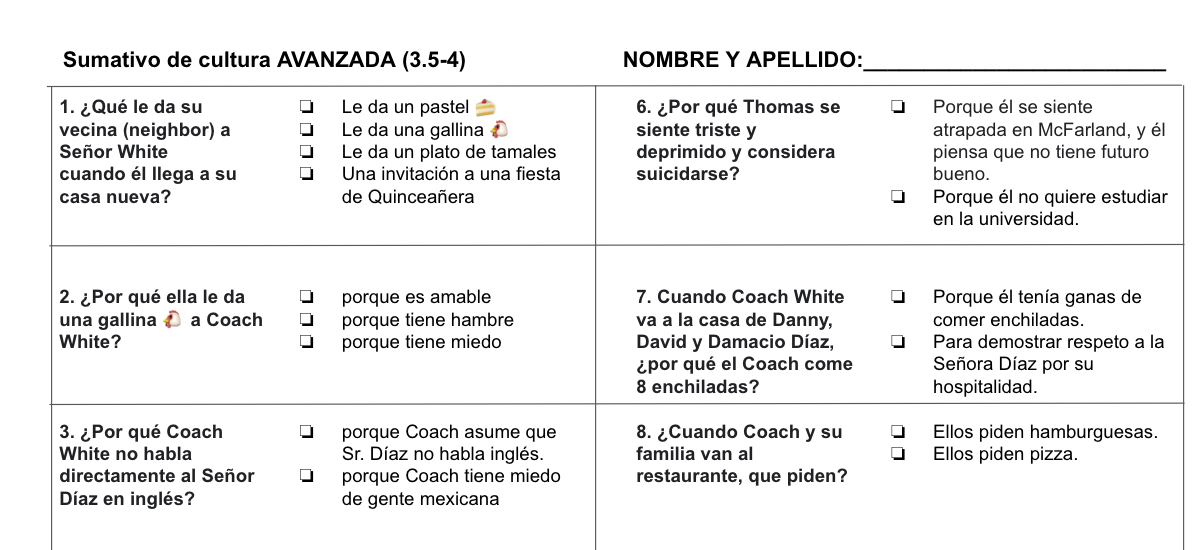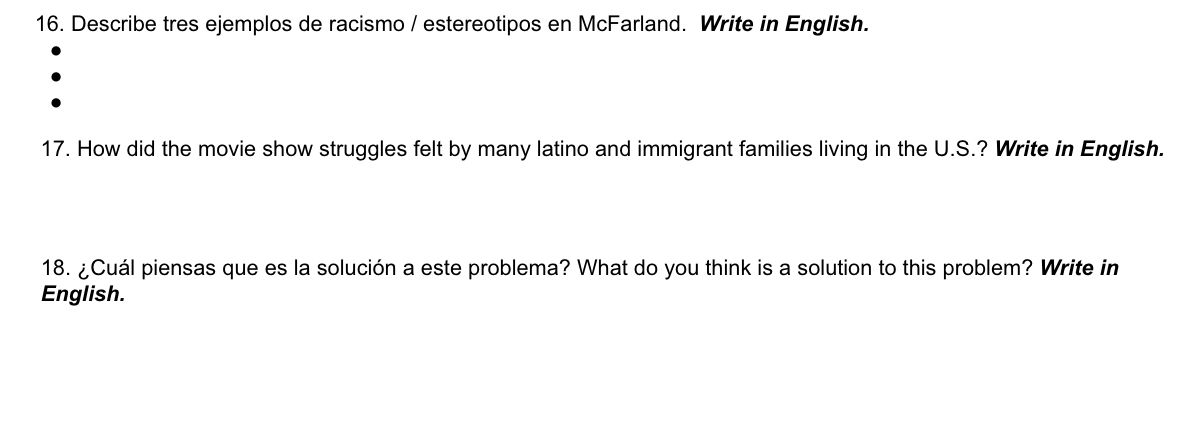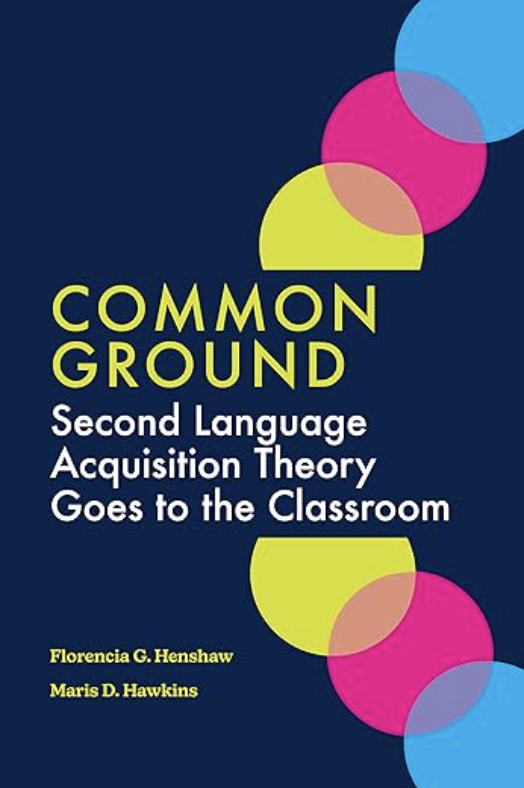Should I Assess Culture in the Target Language?
We face this question often, and the answer is that it’s ok not to!
Our inner drive as language teachers is to try and do as much as possible in the TL, especially at higher levels. Are we losing valuable input time if we switch to English? What if admin walks in and sees us teaching in English?
I suggest a hybrid approach to this dilemma: use the TL to present basic information about the products and practices but switch to English for the deeper perspectives portion.
Students won’t have the proficiency to adequately discuss and reflect on the perspective-taking needed to truly meet this competency - and that’s ok! We need to let them do this in the language they are strongest, to ensure the most meaningful outcome.
What do the experts say?
In their book Common Ground: Second Language Acquisition Theory Goes to the Classroom, Dr. Florencia Henshaw and Maris Hawkins approach this subject and offer clear and concise feedback.
“We shouldn’t treat culture superficially simply because students don’t have the linguistic abilities to engage in structured reflections and in-depth discussions in the target language. Resorting to oversimplified observation could have more cons than pros.” (Henshaw and Hawkins, 2022)
How do I assess this?
Typically, I give a two-part assessment. Part one is a multiple-choice assessment with questions in Spanish about products and practices, based on our classwork and discussions.
Example of 8th-grade multiple-choice portion of assessment.
Part 2 includes reflection questions to answer in English. I really want them to compare and contrast, analyze, empathize, and imagine to the best of their ability, and they need the freedom of 1st language proficiency to do this well.
Example of 8th-grade reflection questions in English after watching the movie McFarland, USA.
Incorporating culture into our classrooms is essential for helping students develop into young adults who can reflect, empathize, and communicate with others outside their circumstances - whichever language is needed to do so!
Wishing you all the best,
Catherine
shop here: CI Cuentos Store
Join our Facebook group here: French Toast Cuentos World Language Collaboration




